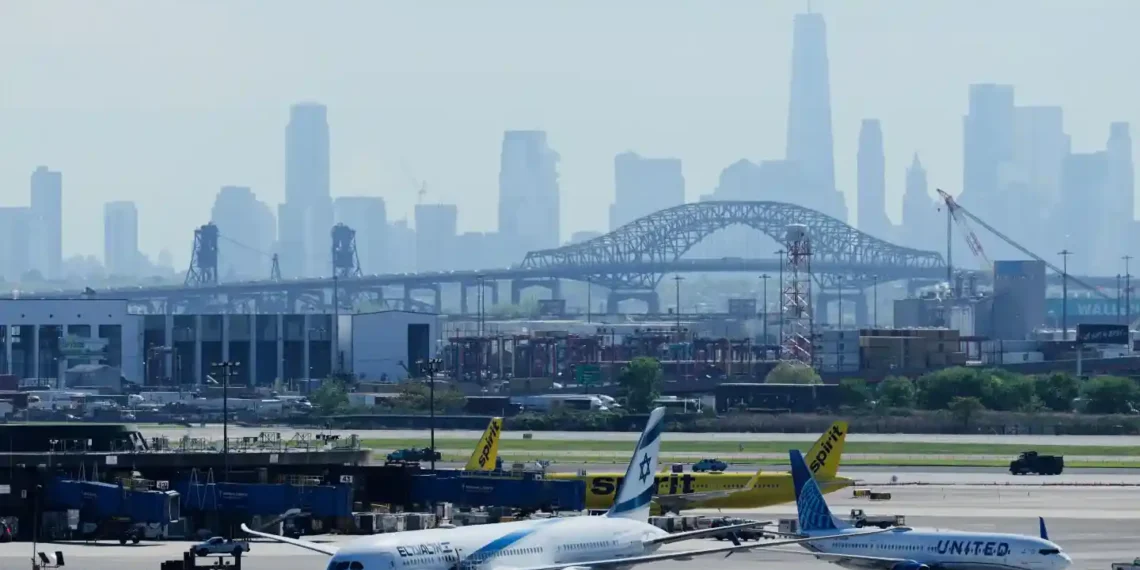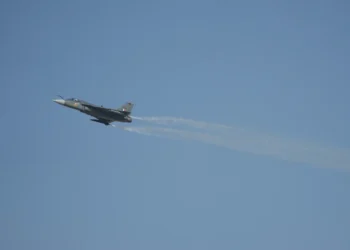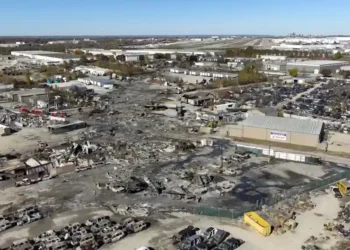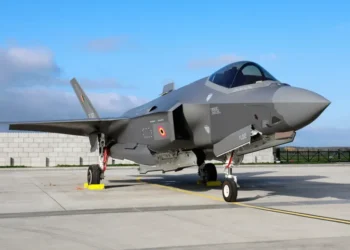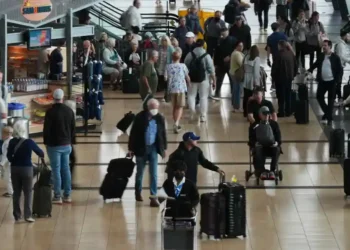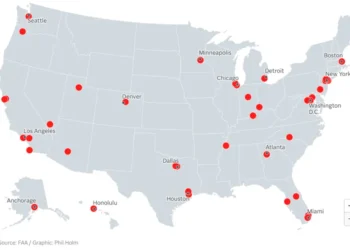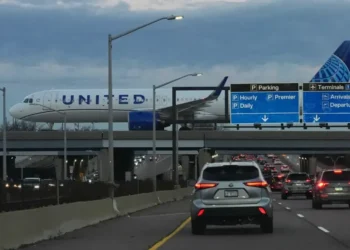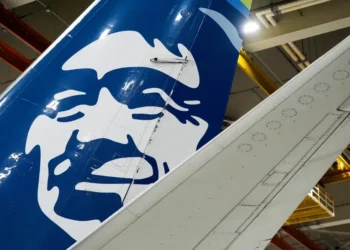FAA Extends Newark Airport Flight Limits Amid Ongoing Controller Shortage and System Failures
Travelers flying in and out of Newark Liberty International Airport can expect limited flight operations to continue through June, as the Federal Aviation Administration (FAA) works to resolve ongoing air traffic control issues and technical failures.
The FAA announced Tuesday that it will extend hourly flight caps—28 arrivals and 28 departures per hour—that were originally imposed after a radar and radio communication outage on April 28. The disruption, which temporarily left air traffic controllers unable to see or speak to planes, triggered significant delays and prompted several controllers to take trauma leave.
Flight Limits in Place Through June
While normal operations previously allowed 38 to 39 flights per hour, the current cap ensures remaining controllers at the Philadelphia center—which manages Newark’s air traffic—can manage traffic safely.
There is a possibility the FAA will raise the limit to 34 arrivals and 34 departures by mid-June, pending the return of personnel and completion of a major runway construction project.
What Caused the Disruptions?
The first outage stemmed from a failure in the main fiber-optic line delivering radar data from an FAA site in New York to the Philadelphia control center. The backup line failed to activate immediately, leaving controllers without radar or communications for nearly 90 seconds.
Similar failures occurred again on May 9 and May 11, although backup systems worked faster in those cases. A fourth glitch on May 13 briefly cut radio contact for two seconds but left radar intact.
Staffing Shortages Deepen the Crisis
In addition to the technical issues, the Philadelphia control center has been stretched thin after five to seven air traffic controllers went on a 45-day trauma leave following the April incident. The staffing shortage forced the FAA to scale back flights even more during periods of high sick leave.
FAA Scrambles for Long-Term Fixes
The FAA says it has made short-term improvements, including software updates and installing new fiber-optic cables, which appear to have stabilized the system—for now.
But a long-term fix, including building a new radar system in Philadelphia, could take months. Even then, aging infrastructure may continue to pose challenges.
“Our goal is to relieve the substantial inconvenience to the traveling public from excessive flight delays due to construction, staffing challenges, and recent equipment issues,” said Acting FAA Administrator Chris Rocheleau.
A National Wake-Up Call
The Newark crisis has spotlighted broader issues within America’s air traffic control system. Earlier this month, Transportation Secretary Sean Duffy unveiled a multibillion-dollar modernization plan. The House has tentatively allocated $12.5 billion toward the effort—an amount officials describe as just the beginning of what’s needed.
Smoother Operations—For Now
Despite the hurdles, operations at Newark have improved in recent days, with fewer cancellations and delays as airlines scale back schedules to meet FAA-imposed limits.
Until the underlying issues are fully addressed, though, travelers should prepare for continued scheduling changes and potential delays at one of the country’s busiest airports.
This article was rewritten by JournosNews.com based on verified reporting from trusted sources. The content has been independently reviewed, fact-checked, and edited for accuracy, neutrality, tone, and global readability in accordance with Google News and AdSense standards.
All opinions, quotes, or statements from contributors, experts, or sourced organizations do not necessarily reflect the views of JournosNews.com. JournosNews.com maintains full editorial independence from any external funders, sponsors, or organizations.
Stay informed with JournosNews.com — your trusted source for verified global reporting and in-depth analysis. Follow us on Google News, BlueSky, and X for real-time updates.
